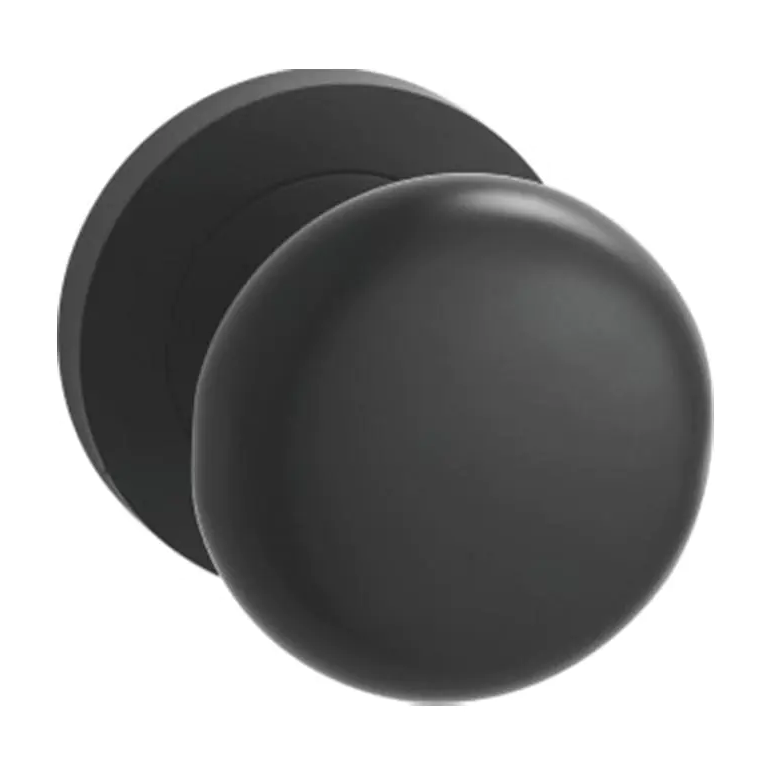Assessing Whether Invisible Door Locks Offer Effective Anti-Pry Protection for Home Security

Invisible door locks have gained popularity in recent years due to their sleek design and concealed placement, offering a modern alternative to traditional locking mechanisms. Their hidden installation raises an important question: how secure are they, and do they provide effective anti-pry protection?
From a design perspective, one of the key security advantages of these locks is their invisibility. Because they are installed inside the door or frame with no visible keyhole or latch, they are difficult for intruders to locate or tamper with. This alone reduces the risk of common break-in techniques such as lock picking or bumping.
Beyond their stealth, many invisible door locks are engineered with advanced anti-pry features. These can include reinforced locking bolts, internal mounting systems, and electronic locking mechanisms that only respond to authorized signals. Some models also integrate biometric access, RFID cards, or smartphone control, adding layers of security that are difficult to bypass without access credentials.
In terms of anti-pry resistance, high-quality invisible locks often use durable materials such as stainless steel or hardened alloy in their internal structures. The locking points are typically designed to distribute force across multiple areas of the door frame, making it more difficult for crowbars or other prying tools to find leverage.
Another factor that contributes to their security is the lock’s placement. Since the mechanism is hidden, intruders do not have a clear indication of where to apply force, which delays their attempts or deters them altogether. Some designs also feature auto-locking and tamper alarms, which further increase their protective capabilities.
However, the level of security can vary significantly depending on the brand and model. Lower-end or poorly installed invisible locks may lack sufficient reinforcements or quality control, making them more vulnerable to physical attack. It's important for users to choose certified products that meet recognized security standards, such as ANSI/BHMA or EN ratings, for residential or commercial use.
Additionally, while electronic variants of these locks offer enhanced functionality, they also introduce new considerations related to cybersecurity. Wireless connectivity can be an entry point for hacking attempts if not properly encrypted or updated regularly. To counter this, many manufacturers implement advanced encryption protocols and two-factor authentication to protect against digital intrusions.
The effectiveness of invisible door locks is also influenced by their integration with the overall door and frame. A strong lock can still be compromised if attached to a weak door or poorly reinforced frame. Therefore, it is essential to pair these locks with solid-core doors and professional installation to ensure full anti-pry protection.
In conclusion, when designed and installed correctly, invisible door locks can offer a high level of security and effective resistance to forced entry. Their hidden nature, combined with advanced locking mechanisms and anti-pry designs, makes them a strong contender in modern home and office security solutions. For optimal safety, consumers should prioritize quality, certification, and proper setup when selecting an invisible lock system.
- Art
- Causes
- Crafts
- Dance
- Drinks
- Film
- Fitness
- Food
- Spiele
- Gardening
- Health
- Startseite
- Literature
- Musik
- Networking
- Andere
- Party
- Religion
- Shopping
- Sports
- Theater
- Wellness


